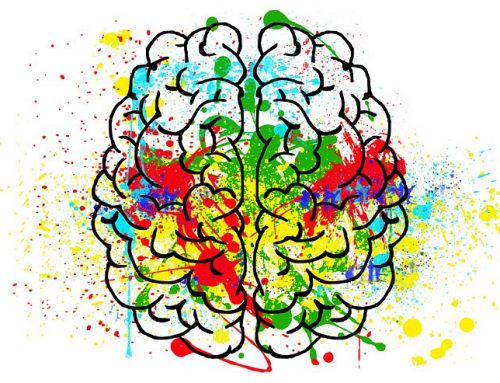Circuit-level investigation of global hypoconnectivity in the sensory neocortex of a mouse model for autism
2022 Award: $40,092
In addition to the well-known social communication difficulties, autistic patients frequently suffer from sensory processing problems, such as sensory overload. In this project, we will investigate neural circuit alterations that affect sensory responses, using a preclinical mouse model for autism. Findings in the simple mouse brain should provide a first step toward understanding circuit mechanisms underlying broad sensory symptoms in autistic patients.
Need/Problem: Atypical behavioral responses to sensory inputs, such as sensory overload and hypersensitivity, are observed in around 90% of autism spectrum disorder (ASD) patients, and developing treatments for this is critically needed to reduce the burden on patients and their families.
Grant Summary: To identify the circuit alterations causing sensory processing problems in ASD, we will focus on a preclinical ASD mouse model. Specifically, we will study how long-range neural connectivity affects sound responses in the auditory cortex and compare the results between healthy and diseased brains.
Goals and Projected Outcomes: This study will provide data on how neural connectivity alterations in ASD brains influence sound-evoked activities in the auditory cortex. Data derived from this study will support a future NIH proposal to investigate how long-range neural connectivity shapes sensory processing in both healthy and autistic brains.

Hiroyuki Kato, PhD
Grant Details: Atypical sensory processing is observed in around 90% of ASD patients. Theoretical studies have proposed that ASD sensory symptoms arise due to the long-distance hypoconnectivity and local hyperconnectivity of the neocortical network. However, in contrast to the substantial progress in identifying local circuit abnormalities in ASD brains, long-range connectivity alterations that lead to sensory symptoms are still poorly understood. In this project, we propose to use a preclinical ASD mouse model to investigate the impact of long-range hypoconnectivity on cortical sensory processing. Taking advantage of optogenetic tools that manipulate neural activity with high spatiotemporal precision, we will dissect the neural circuit mechanisms underlying the dysfunctional sensory processing in diseased brains. Findings in the simple mouse sensory cortex should provide a first step toward identifying potential therapeutic targets in human translational research.




